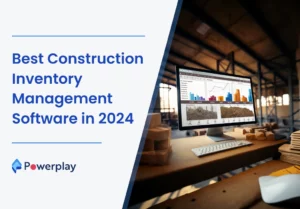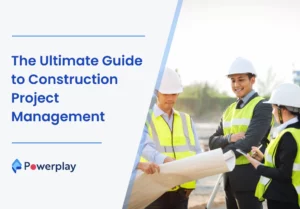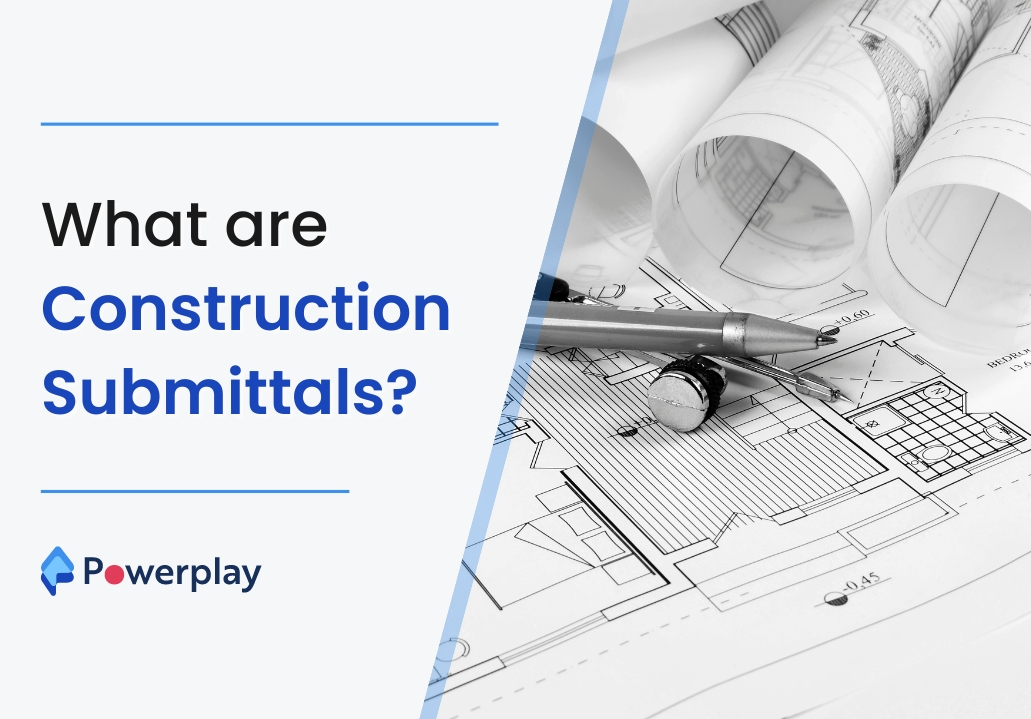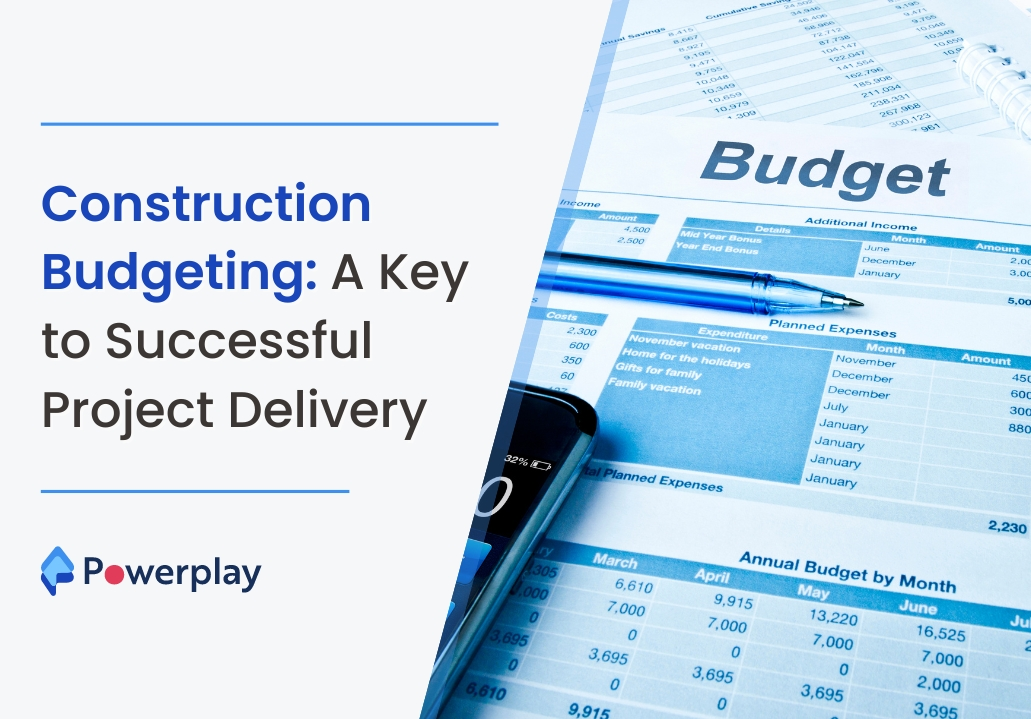How to avoid risks in Construction Projects?
-
Kumar Abhishek Anand
- October 23, 2023
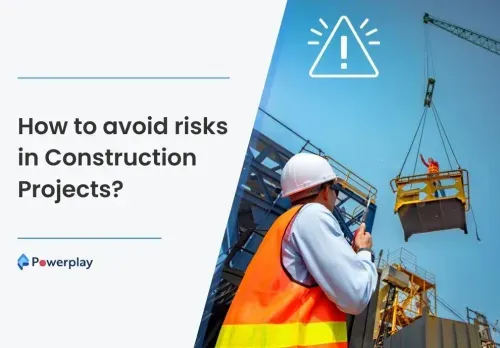
Construction sites often require the use of risk management plans to help them react to different challenges and prevent employee injury or project delay. If you’re hoping to develop a risk management plan for a construction site, it’s important to understand the most common types of risk construction projects encounter and how to respond to them.
Tackling risks in construction projects is a constant battle for subcontractors. Subcontractors face many risks in construction that are unique to subcontractors, as well as all of the same risks that general contractors face. Subcontractors must be careful of the contracts that they sign because sometimes those contracts put them at greater risk than they should be. But types of risk like supply chain, and operational risks, can be hard to predict and are experienced by everyone.
Tips to tackle risks in a construction project
Here is a list of steps to help you create a powerful risk management plan for a construction project:
1. Identify major risks
It’s important to identify major risks during the pre-construction phase of the project to start mitigating challenges right away. When identifying major risks, it’s helpful to talk with other team members, such as the construction crew, company executives and clients, because they can offer different expertise and viewpoints to find certain risks you can’t see.
Throughout the course of the project, it’s important to continue holding meetings with team members and stakeholders to identify any new risks that might have presented themselves.
It’s also beneficial to think about risks that might be unique to your project or area. For example, if you’re building a structure or building on a hillside, it might be a good idea to investigate how often the land experiences earthquakes. Once you have a strong understanding of the risks, it’s important to make a list that you can continue to use throughout the project. That list can also be helpful to review or consult when starting new construction projects.
2. Prioritize risks
After identifying the risks, it’s important to prioritize them so you can confront any major problems right away. When sorting the risks, using two guidelines can help you prioritize them more efficiently.
Those guidelines are:
a. The impact the risk would have on the project or business.
b. The probability of the risk actually occurring during the construction project.
For example, if you know there’s a risk that the project might encounter a hurricane or tropical storm, the impact of that risk might be very large, but the probability could be low or almost nonexistent. After sorting the risks in order of priority, it’s important to see which risks you can remove or mitigate right away. For example, if there’s a risk of the materials increasing in price during construction, see if you can develop a contract with a vendor that eliminates the risk altogether.
3. Develop a response strategy
It’s important to develop a response strategy for any risks that you can’t correct right away because it can help you react to the risks more efficiently if they present themselves. When companies identify a risk, there are four ways they commonly respond to it, including:
a. Reducing risk: Reducing the risk occurs when a company does everything in its power to mitigate the risk and ensure nothing goes wrong. For example, if a company wants to avoid injury on the construction site, it might spend extra time and resources on training its crew.
b. Transferring risk: Companies transfer the risk when they don’t want to be responsible for solving the issues or challenges it might present. Though sometimes expensive, businesses might pay more for insurance or develop a contract that states subcontractors will respond to any risks if they present themselves.
c. Avoiding risk: Avoiding the risk, by changing the project’s design or location, is often the first thing that companies and businesses try to accomplish because it can save them the most amount of time and money. However, companies sometimes have to perform a cost analysis on the risk, cause changing the project or moving it entirely might cost them more in the end.
d. Accepting risk: If a company exhausts all other options, it’s possible they might need to accept risks that are out of their control. For example, if there’s a risk that material prices might increase and the company can’t prevent the risk, it can try saving money in other areas of the project to better prepare its budget.
4. Establish the risk management plan
Once you understand your risks and response strategies, it’s important to compile them into a cohesive document that team members can easily interpret and consult when necessary. The document should include helpful information, such as steps individuals can take to correct the risk, resources that can help them and if they should contact certain project officials.
It’s also beneficial to have the risk management team conduct periodic risk surveys and frequently update the risk management plan to ensure they account for all potential challenges or problems.
5. Evaluate and revise
Once you’ve had time to practice using the risk management plan, it’s important to evaluate it and make sure it’s benefiting the project. While the project is ongoing, it’s also helpful to talk with the construction crew and company executives to understand their thoughts and feedback on the risk management plan.
If they have any suggestions on how to improve it, it’s beneficial to make adjustments to the plan so it can be more effective. Evaluating and revising the risk management plan can also help you create new plans in the future more quickly and efficiently.
Share
Kumar is a digital content professional with more than 2 years of experience in Blog writing, copywriting and scripting. His passion lies in the art of creating convincing content that plays a major role in converting leads for SAAS businesses.
